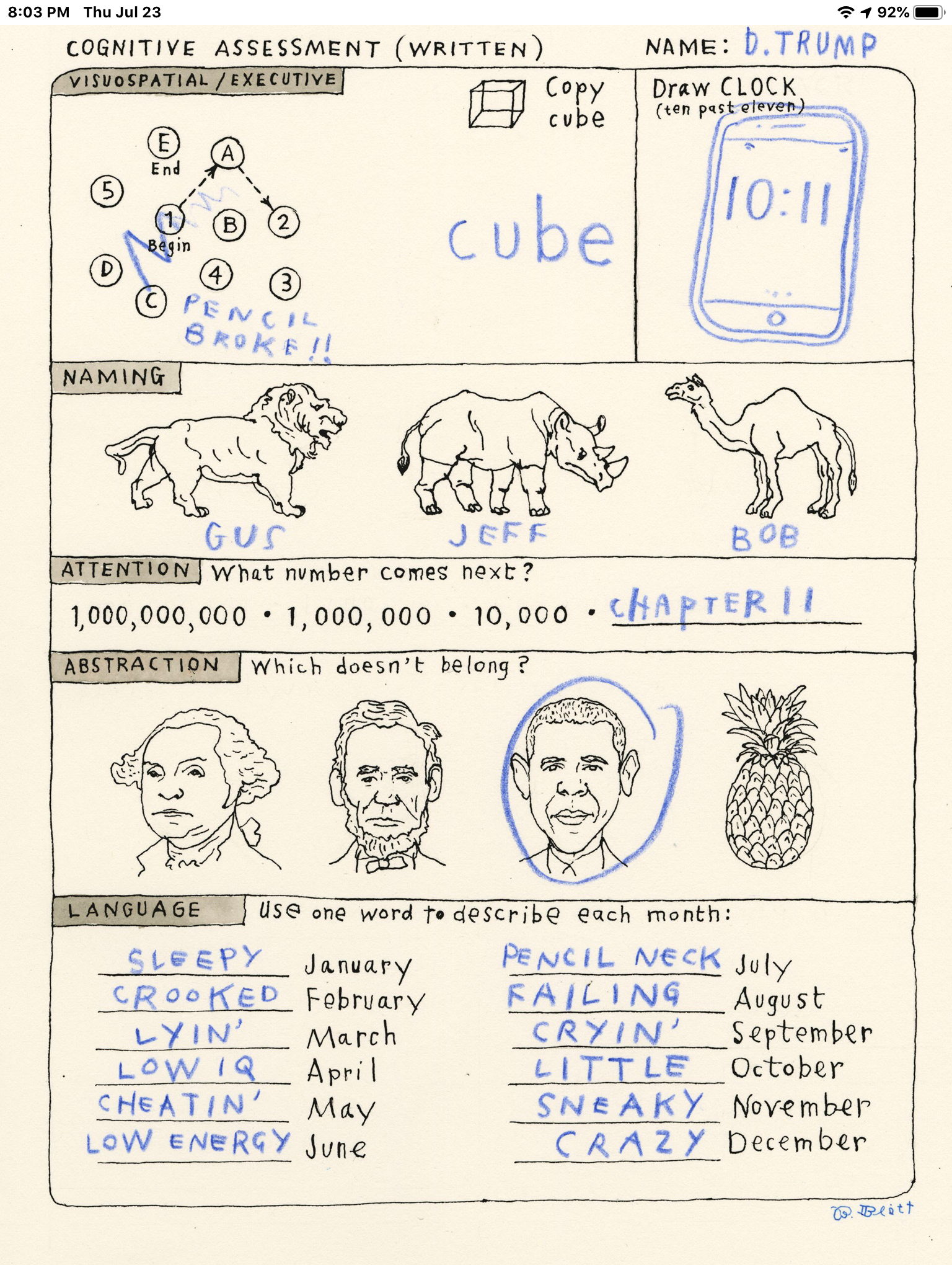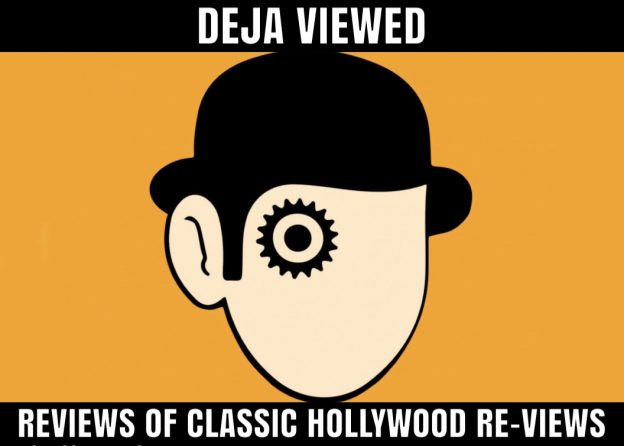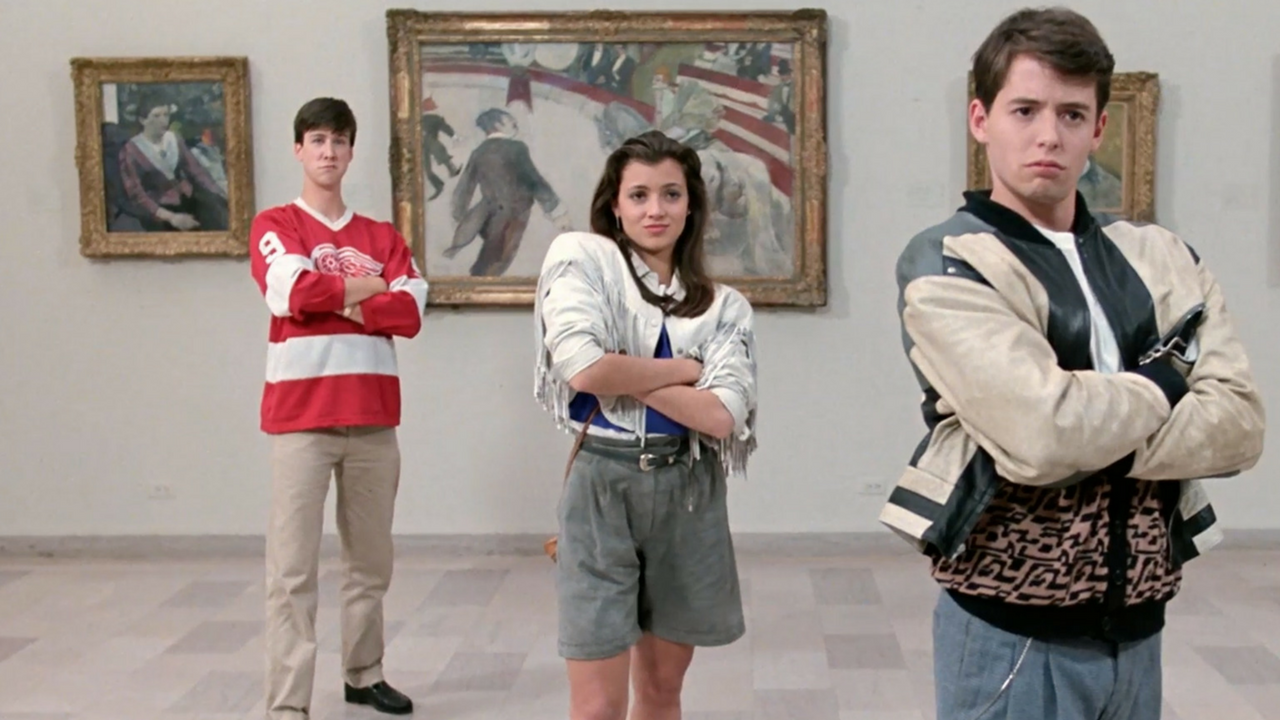This picture is all the rage in Indonesia. Sometimes literally.
The modern-day mummy has no identity, no age, not even a gender. Critics of photojournalist Joshua Irwandi’s snapshot have called last week’s picture a callous, sterile look and the human suffering exacted by a global pandemic. Even Fred Ritchin, dean emeritus of the International Center of Photography, defended the picture’s publication but conceded, “To me, the image was of someone being thrown out, discarded, wrapped in cellophane, sprayed with disinfectant, mummified, dehumanized, othered.”
Exactly. Which is why we need to see more like it.
You gotta hand it to COVID-19. It’s a helluva serial killer. Since New Year’s Eve 2019, it has invaded every continent on Earth, infected 16 million, killed more than 640,000 and left the global economy a quadriplegic.
Yet we still don’t have a face for it. That’s due in part to COVID’s demands we cover our faces in its grip, an almost Lecter-ian twist of cruelty. We are faceless to the death.
Even when it kills us, COVID leaves few witnesses. We cannot visit the stricken in hospitals or hospice. We cannot see the bodies. Routinely, we are kept from a burial. From memorial. From finality.
This has to be considered unacceptable. We should put faces on things. Faces launch human ships. Anthropomorphize. We need to see what we are fighting — and, more importantly, what we are fighting for.
After all, we have faces for:
- Joy

- Victory
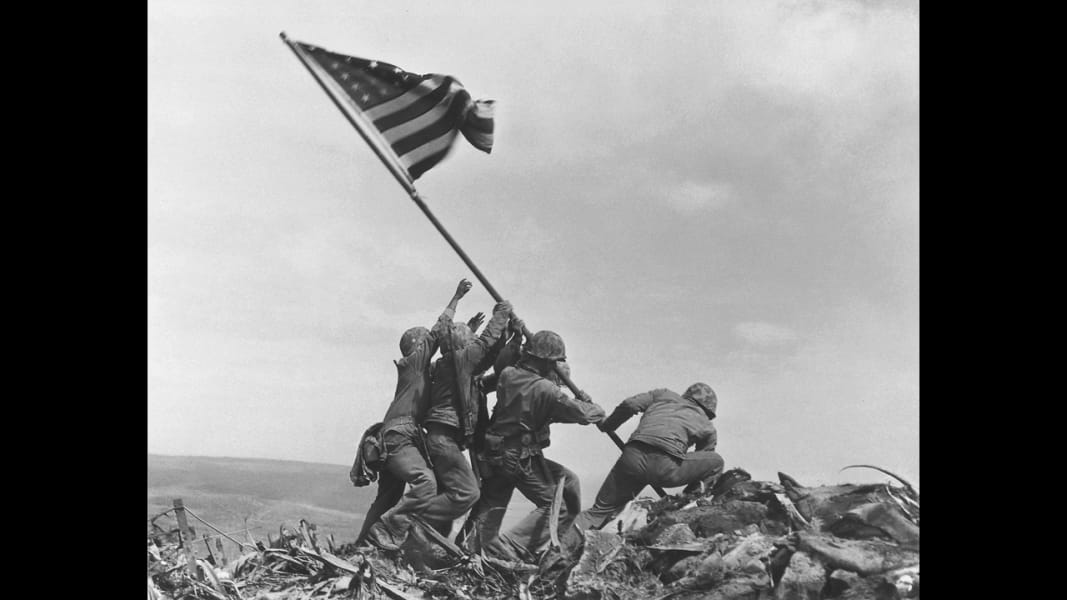
- Failure
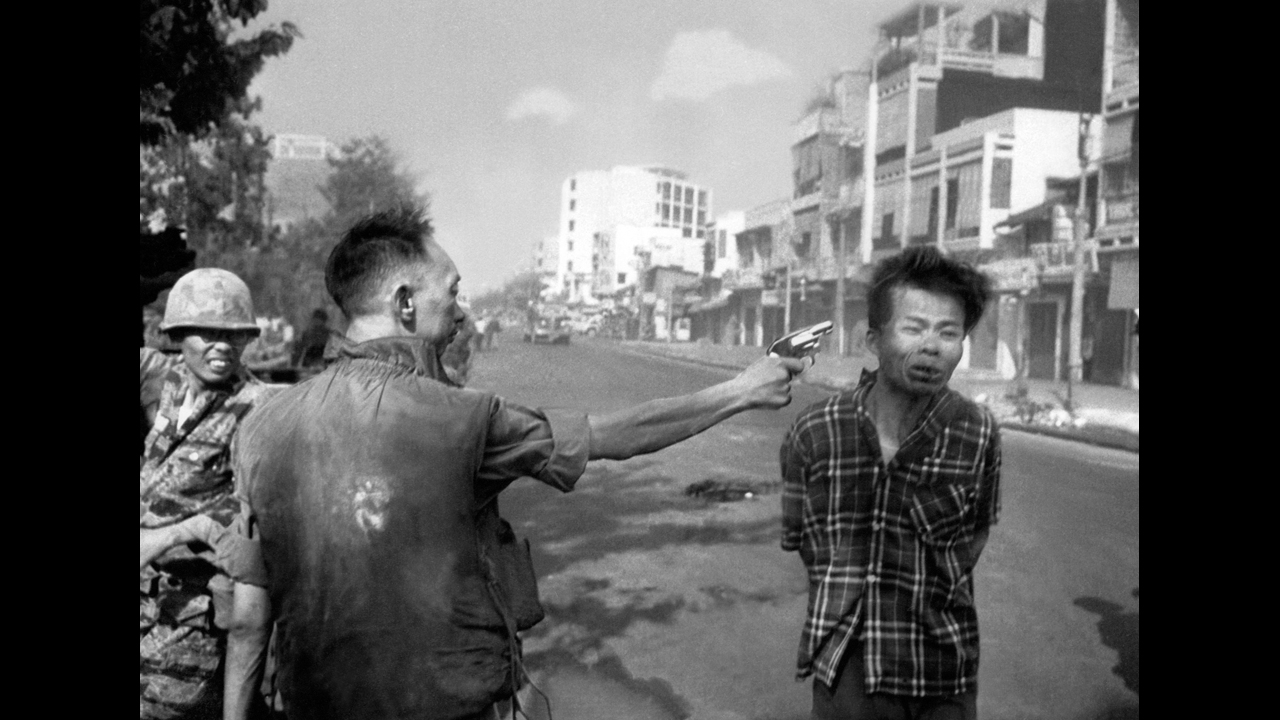
- Race
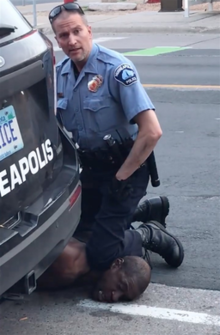
- Defiance
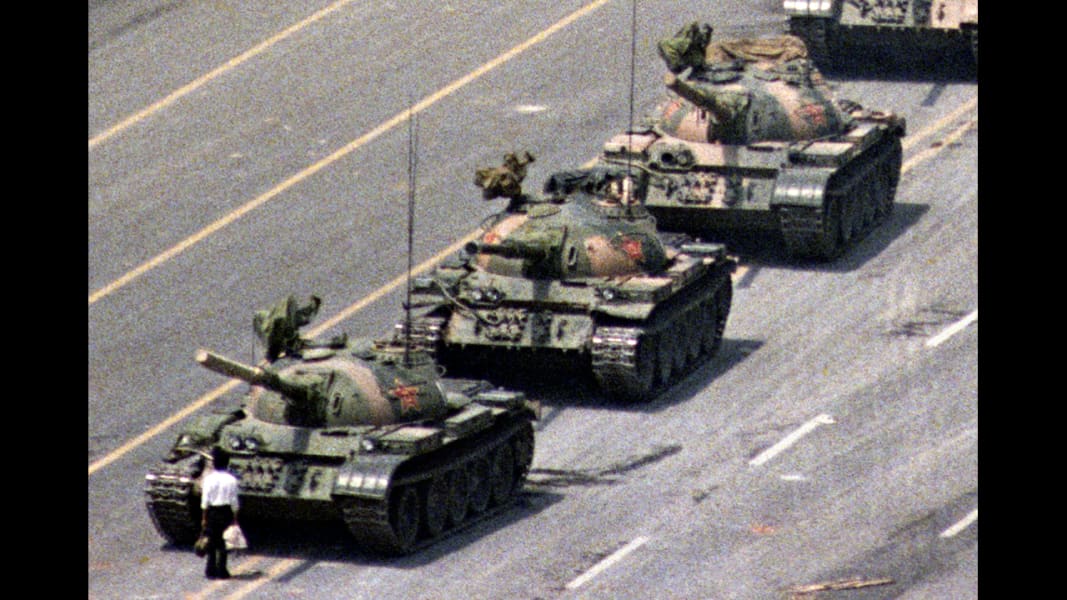
- Peace

- War

- Silliness
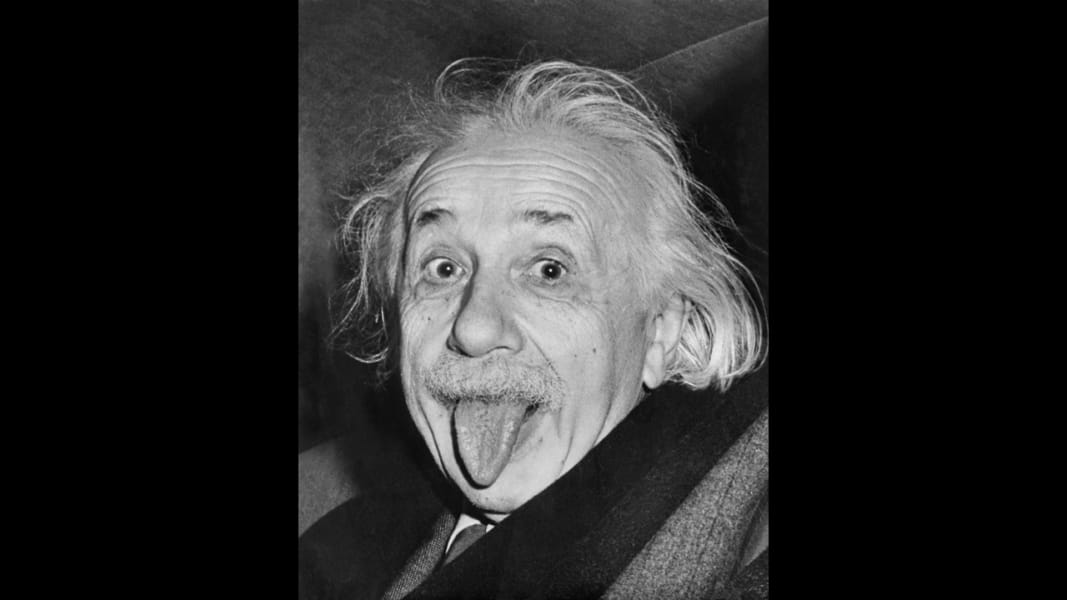
- Sadness

So for now, this is the face of COVID. I get the mummy analogies. They’re hard to miss. But to me, I can’t help but think of a spider-webbed insect, freshly wrapped and sapped after a moment of distraction. I guess each viewer will see something different. Perhaps that’s the point.



